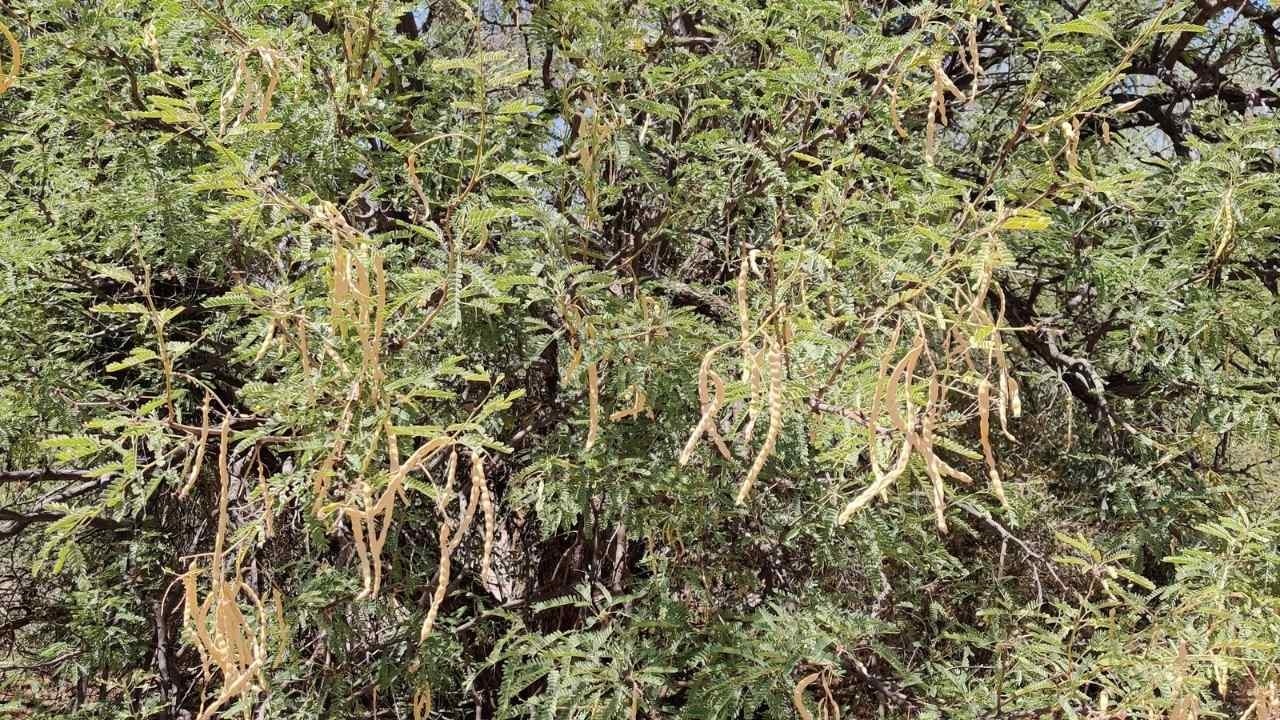
Mesquite: A Desert Staple Food
Jul 20, 2022
Introduction
In this article we're going to look at the edible uses velvet mesquite(Prosopis velutina). Mesquite beans were an extremely to the native inhabitants of the Southwest, providing a staple food that rivaled corn in its importance. There is no doubt that velvet mesquite beans can sustain large amounts of people for prolonged amounts of time.
Identification
Velvet mesquite is common tree throughout Arizona. It's identified by its dark brown bark and bi-pinnately compound leaves that split to form a "Y". Flowers appear around May and are noticeable from a distance. Clusters start off white, then turn yellow as they age, and afterwards are replaced by green beans forming quickly around early June. Beans ripen to tan and fall off the tree around the third week of June, depending on your area.
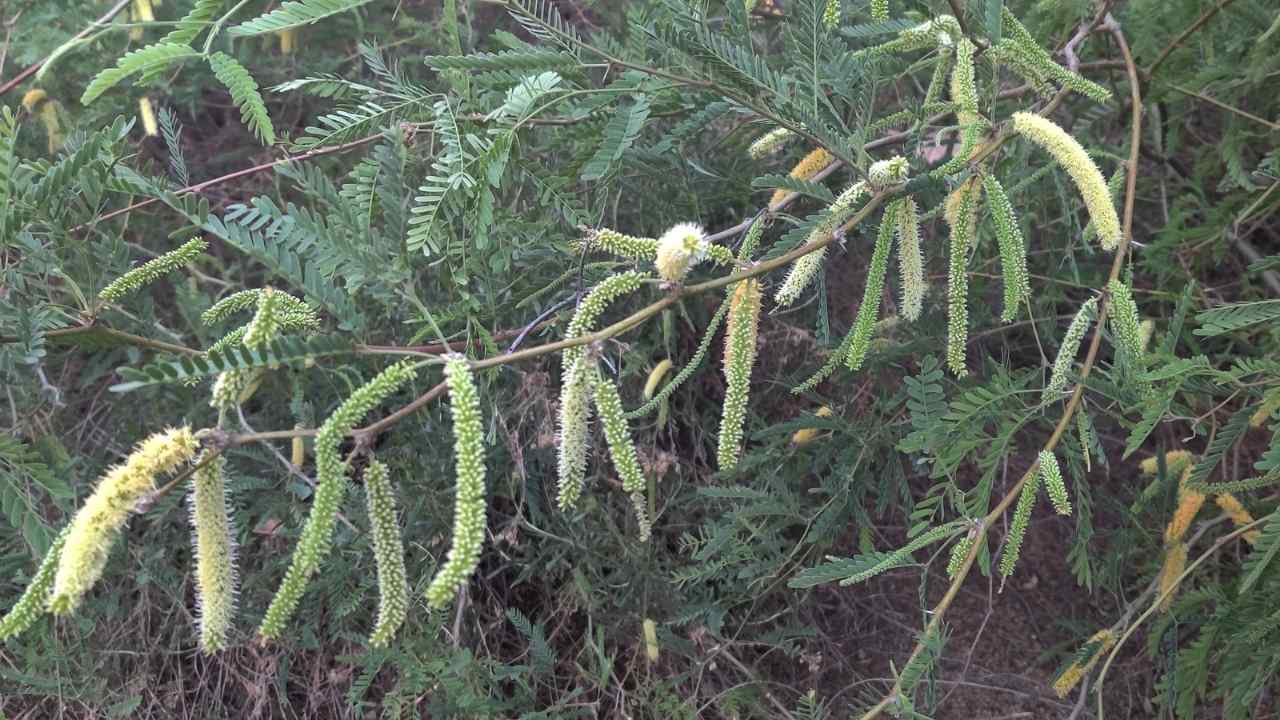
Above: Mesquite flowers.
Below: Velvet mesquite leaves(left) compared to honey mesquite leaves(right).
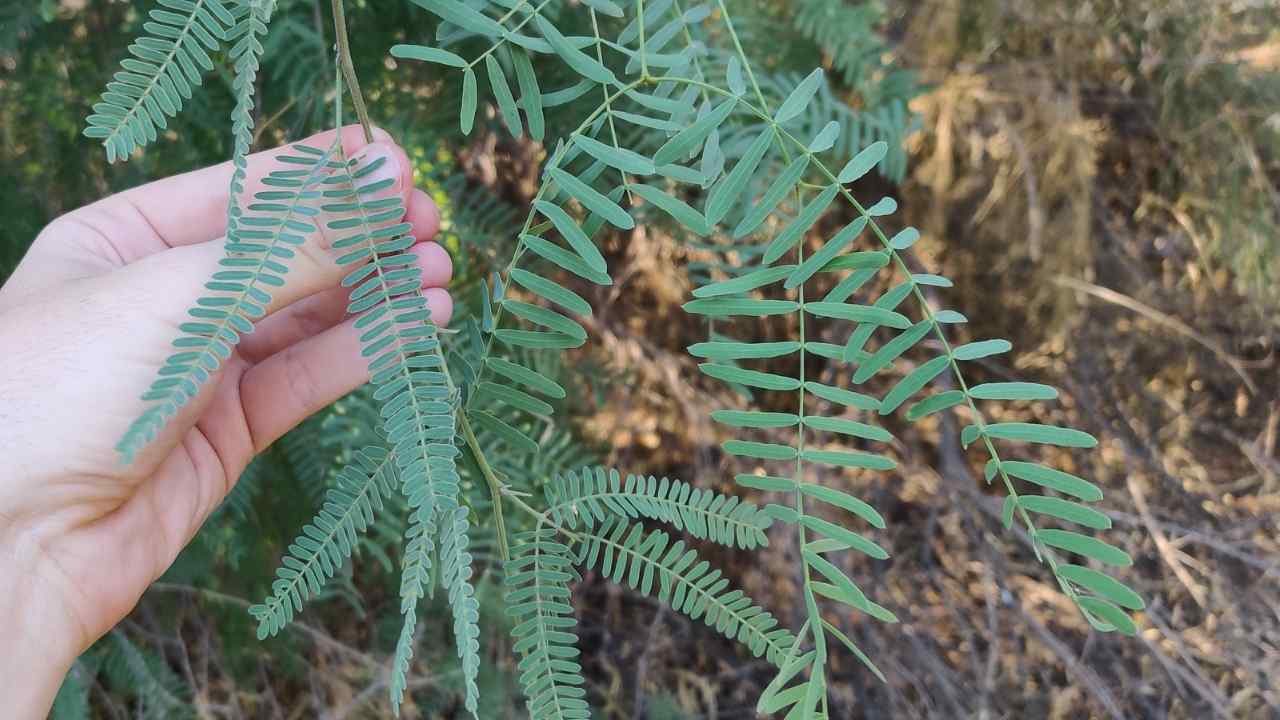
Harvesting and Processing
To harvest mesquite beans, first wait until they are dry and falling off the tree. Taste the beans on each tree before harvesting to determine which trees produce the sweetest and best tasting beans. The beans should be fully dry and snap like chalk when broken. You should also be able to hear the seeds rattling around inside the pods. If the beans don’t rattle and snap like chalk, they need a little more time.
Once you’ve found a tree, pick the beans off by hand or put a tarp on the ground and gently shake the beans onto the tarp. Picking pods up off of the ground is not recommended.
Pods should easily fall into your hand as soon as you grab them. If you have to tug them loose, they aren’t quite ready yet. Likewise, ripe beans will easily fall off with the gentle shake of a branch. If you vigorously shake a branch, unripe beans will fall off as well, and we don’t want that.
You will notice that mesquite beans are full of holes. These are from insects called bruchid beetles. You may think beans with holes have beetles in them, but the holes you are seeing are actually exit holes, not entry holes. Bruchid beetles lay eggs in mesquite beans and later hatch and bore their way out of the bean. The longer your mesquite beans sit, the more bruchid beetles will come out of them. The Pima name for bruchid beetles translates into English as “mesquite pod babies”. Some tribes toasted mesquite pods, which is thought to have eliminated the bruchid beetles, but in some records it appears the bugs were largely ignored.
Immediately freezing the pods for three days before further processing will eliminate your bruchid beetle problem. After that, dry the pods in an oven at 200°F for 60-90 minutes, or until they get a golden color. You can also dry them in the sun. The goal is to drive all of the moisture out of them so they don’t gum up your grinder.
Once the pods are fully dry, they can be put in a blender or flour mill. Make sure to only grind a small amount of beans at a time or you’ll overwork your equipment.
After the pods are ground, they are sifted to remove the fiber. The beans themselves are not usually eaten from mesquite. They are discarded, along with the papery cases that hold them. The part of the pod we are after is the carbohydrate-rich powder.
Once our flour is finished, we can add it 50/50 with wheat flour and bake with it, or make a million other things with it. Mesquite “cookies” can be made by adding water to 100% mesquite flour, forming them to shape, and letting them dry in the oven. Take them out when they’re just a tad moist in the middle, then refrigerate. Pure mesquite cookies without added ingredients are naturally sweet, but they’re a little overpowering for my modern palate(they don’t taste bad, just different). My daughter Georgia doesn’t share my opinion. She gobbles them down like they were any other cookie.

Above: Mesquite beans on a baking tray are dried at 200°F for 1.5 hours.
Below: Mesquite pods after grinding in a blender and sifting. The hard seeds and papery cases don't get ground, so they are left behind after sifting.
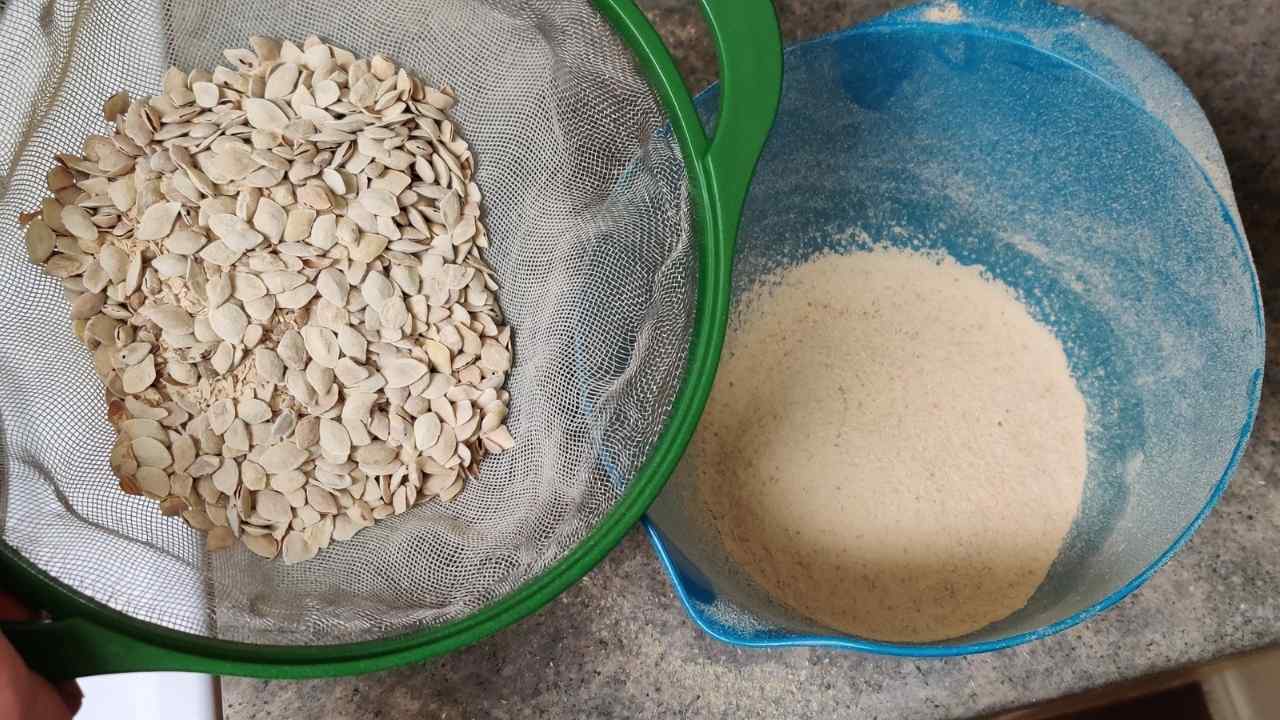
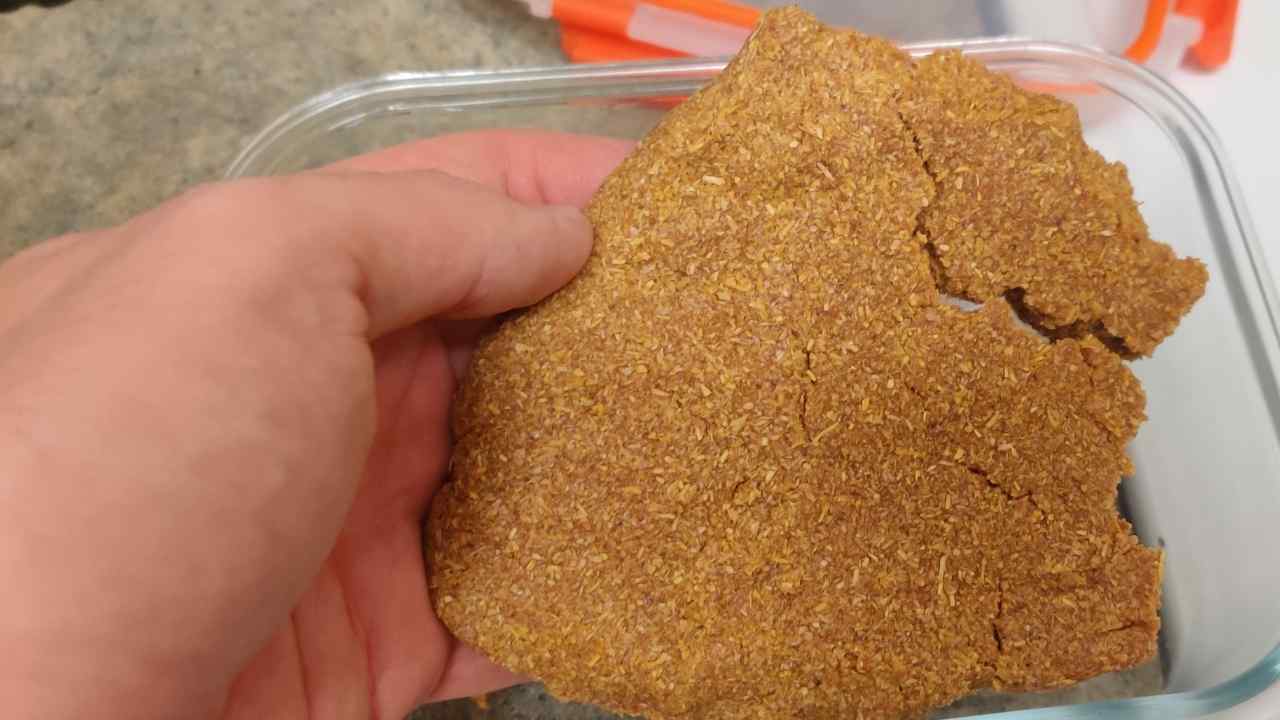
Above: Mesquite "cookie" made with water and mesquite flour, then dried in the oven for a short time and refrigerated to avoid mold.
Conclusion + Warning
Mesquite is a tree that has the potential to feed large amounts of people in an emergency, and given that it's extremely drought tolerant, it is a great choice for a desert landscape. The only warning is to avoid harvesting pods after monsoon rains, as there can be an invisible mold that can grow in the pods if they get wet or aren't properly dried after harvesting. For this reason also, many advise against harvesting pods off the ground, and instead recommend only harvesting pods hanging in the tree. The mold produces toxins called aflatoxins, that are damaging to the liver. Aflatoxins can also be found on other crops when they aren't properly dried, such as corn, but is regulated by the FDA and therefore isn't common the U.S.

Want our FREE ebook on Sonoran Desert foraging? Check out this link to download it today: https://www.legacywildernessacademy.com/sonoran-desert-ebook


